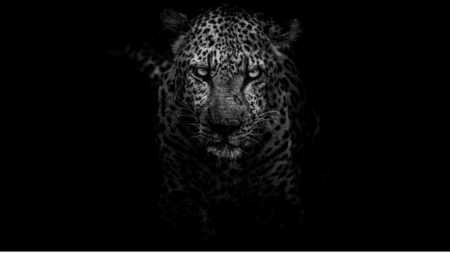Have you ever looked at the amazing pictures of animals in magazines or on your phone and wondered how they capture those stunning shots?
Every breathtaking wildlife photo you see has a story behind it. It’s the story of hardworking and committed individuals who travel around the world just to capture and share the beauty of the natural world with us.
Explore the fascinating world of wildlife photography by joining wildlife photography tours. These tours can help you understand how photographers capture stunning images of animals in their natural habitats. With the guidance of experts, you can learn the techniques and secrets professionals use to take breathtaking photos of wildlife.
So, if you are passionate about photography and want to capture some incredible shots of animals, wildlife photography tours are a great place to start.
Let’s look into what you need to know about wildlife photography tours, including their benefits, considerations, and impact on participants and wildlife conservation efforts. Explore the world of wild photography photos and the unique experiences they offer.
Expert Guidance:
Professional photographers lead wildlife photography tours with intimate knowledge of wildlife behavior, photography techniques, and the best locations for capturing breathtaking images.
These experts provide participants with invaluable guidance and instruction, helping them improve their photography skills and maximize their chances of capturing stunning wildlife photographs.
Whether photographing elusive big cats on an African safari or capturing the vibrant colors of tropical birds in the Amazon rainforest, participants benefit from the expertise and experience of their tour leaders.
Access to Prime Locations:
Wildlife photography tours take participants to some of the world’s most spectacular and biodiverse regions, providing access to prime wildlife viewing and photography opportunities.
From remote wilderness areas teeming with wildlife to iconic natural landmarks, these photo tours offer unparalleled access to locations that would be challenging to visit independently. Participants can photograph a wide variety of species in their natural habitats, from charismatic megafauna to elusive creatures rarely seen by the average traveler.
Small Group Experience:
Wildlife photography tours typically limit the number of participants to ensure a personalized and immersive experience for all involved.
By keeping group sizes small, tour operators can provide individualized attention and tailor the itinerary to the interests and skill levels of the group. This intimate setting fosters camaraderie among participants, who share a passion for wildlife photography and a desire to explore the natural world together.
Ethical and Responsible Practices:
Ethical considerations are paramount in wildlife photography tours, with tour operators prioritizing the welfare of wildlife and their habitats above all else.
Responsible tour operators adhere to strict guidelines to minimize their impact on the environment and wildlife, including maintaining a respectful distance from animals, following designated trails, and respecting local regulations and customs.
Many tour operators collaborate with local communities and conservation organizations to support conservation initiatives and sustainable tourism practices.
Educational Opportunities:
Wildlife photography tours allow participants to learn about wildlife conservation, ecology, and photography techniques from experienced professionals.
In addition to hands-on instruction in the field, tours may include workshops, lectures, and presentations on topics ranging from wildlife behavior to post-processing techniques. These educational opportunities not only enhance participants’ photography skills but also deepen their appreciation for the natural world and the importance of conservation.
Contribution to Conservation:
Wildlife photography tours can positively impact conservation efforts by generating revenue for local communities and supporting conservation initiatives. By promoting sustainable tourism practices and raising awareness about the value of wildlife and wild places, these tours contribute to the protection of biodiversity and the preservation of fragile ecosystems.
Many tour operators allocate some of their profits to support conservation projects and wildlife conservation organizations, furthering their commitment to environmental stewardship.
Conclusion:
Wildlife photography tours offer a unique opportunity for enthusiasts to explore the natural world, improve their photography skills, and contribute to conservation efforts. With expert guidance, access to prime locations, small group experiences, ethical practices, educational opportunities, and contributions to conservation, these tours provide participants with unforgettable experiences while promoting the protection of wildlife and their habitats. As interest in wildlife photography continues to grow, wildlife photography tours offer a meaningful and rewarding way for individuals to connect with nature and positively impact the world around them.




